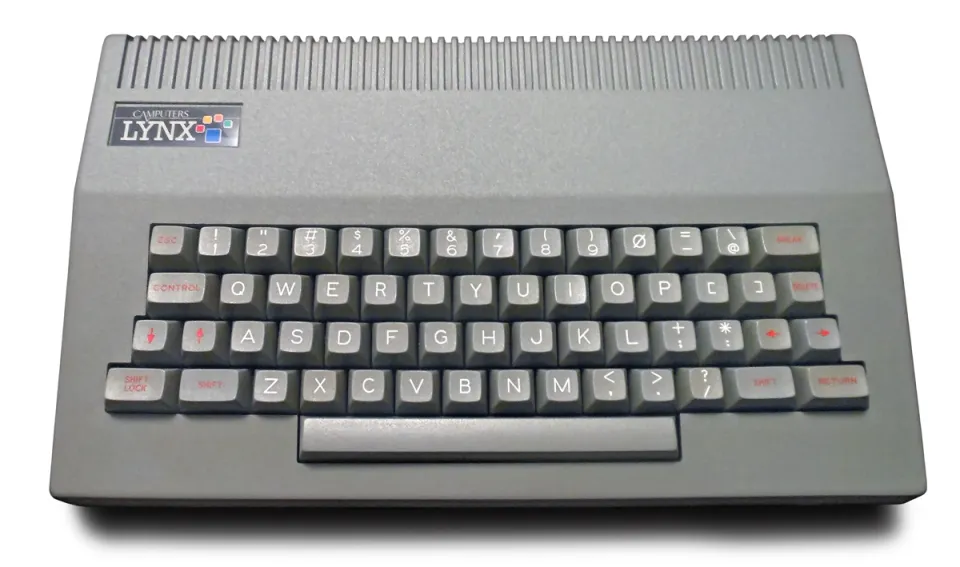Remembering the Camputers Lynx

Thirty years ago I reviewed the eight-bit Camputers Lynx for Your Computer magazine (no longer online). Tony Smith picked up my review for a look back at the Lynx he wrote for The Register.
The Lynx was interesting. It had a solid case with a keyboard — a design like the Commodore 64 and Vic-20. In those days most British microcomputers had advanced technology inside, they were rubbish on the outside. This was different.
The Lynx had a better specification than its rivals. Camputers offered a higher resolution than competitors and packed the latest ideas in the box. As my review points out, it was well-suited for machine-code programming. Computer buyers thought this was important in the early 1980s.
Camputers Lynx was late to the microcomputer party
As the Register says, the Lynx wasn’t a success. It arrived too late appearing at the end of the British microcomputer boom. And it was expensive compared with popular models. Camputers failed to attract interest from games developers. That proved fatal.
Camputers included a printer port on the back of the Lynx. I mentioned this in another story I wrote about the machine but failed to mention the printer port didn’t work.
Much to my embarrassment my boss at the time, Jack Schofield, pointed this out to me. My excuse — not a good one — is that Camputers had earlier showed me a demonstration where the machine printed text.
The demo Camputers Lynx unit must have been a non-production computer. I learnt an important lesson: don’t trust product demonstrations, trust only what you test yourself.
Member discussion